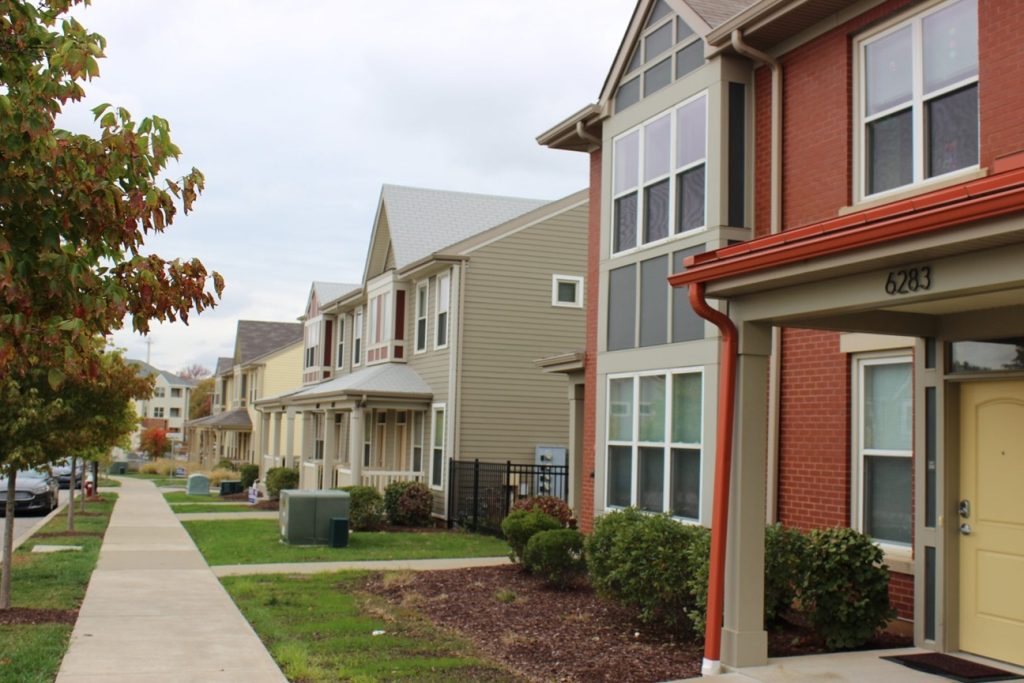
The Future of the Pennsylvania Housing Market and Its Impact on Homes for Sale in Pennsylvania
Thinking of moving to the Keystone State? The demand for homes for sale in Pennsylvania is rising, and staying updated on key market trends can help you seize the best opportunities.
In May 2025, over 41,943 homes were listed, marking an 8.6% increase year-over-year. Despite the rise in listings, the average housing supply is just 2 months, indicating strong demand. Here’s a quick look at the factors currently shaping the local market.
5 Trends Shaping Pennsylvania’s Housing Future
Pennsylvania has an evolving and dynamic housing market in 2025. Fierce competition means that a mortgage pre-approval, among other factors, will remain crucial to buy a home this year:
1. Restrictive Zoning and Permit Shortages
Several neighborhoods in Pittsburgh are now encouraging multifamily unit constructions, especially in 2025’s evolving housing market. The city is largely achieving this through pilot programs that have undertaken zoning reforms. Here’s a quick glance at the impact:
- Pennsylvania ranks 44th for housing unit growth in the U.S. Single-family zoning restrictions and slow permit processes primarily hold the state back in this aspect.
- Urban areas like Philadelphia bear its major impact, where high-density housing is limited by outdated zoning codes.
- Municipalities with fewer restrictions appear favorable to homebuyers.
2. Migration from High-Cost Neighbor States
Relocation trends from New York and New Jersey in 2025 highlight rising buyer interest in the Pennsylvania housing market:
- Remote workers and retirees inch towards larger homes with lower costs of living and property taxes.
- Chester, Bucks, and Lehigh county suburbs see higher family housing demands. This reflects the desire for affordability without sacrificing commute times or school quality.
The out-of-state investor interest is also evident in the notable increase in all-cash offers in the Philadelphia housing market. Pittsburgh metro also saw similar buyer behavior, with cash purchases constituting 30.6% of houses in 2024.
3. Post-Pandemic Shift Toward Affordable Housing
Second-tier metros are becoming increasingly popular with remote workers, owing to affordability concerns.
- Areas like Harrisburg, Erie, and Scranton see increased buyer attention despite constrained inventory.
- Still, for budget-conscious buyers seeking homes for sale in Pennsylvania, these smaller cities may hold hidden gems.
- If you’re willing to relocate, look for towns with strong school districts and new infrastructure spending as they often experience faster property appreciation.
4. Urban Job Centers and Biotech Expansion
Despite suburban growth, urban cores remain attractive thanks to sustained job creation. These job hubs offer strong rental demand and resale potential. Buyers who invest near employment corridors are more likely to benefit from long-term value appreciation:
- Healthcare, education, and biotech sectors position Philadelphia favorably, courtesy of institutions like University of Pennsylvania and CHOP.
- Meanwhile, the Pittsburgh housing market benefits from tech-sector expansion and startups linked to Carnegie Mellon University.
5. Balance Between Mortgage Rates and Market Potential
Mortgage rates above 7% forced many buyers to rethink their budgets. But Pittsburgh’s housing market stayed more affordable than other states in 2025, with homes averaging $245,000. You can find your affordable Pittsburgh home today with Houzeo, America’s best home buying website.
How Do Today’s Trends Impact Homes for Sale in Pennsylvania?
Even with inventory rising, demand outpaces supply, especially in suburban pockets near job centers. Keeping that in mind, buyers should:
- Shift to areas with low inventory that focus on long-term appreciation value.
- Look beyond the big metros to find less competition and better entry points. Towns like York, Easton, and Harrisburg are gaining ground.
- Act quick, especially in counties with quicker sales cycles, like Allegheny and Montgomery.
👉 Moving with your family? You can effortlessly browse thousands of homes for sale in Pennsylvania—all from your mobile device. View popular homes, shortlist properties that fit your needs, book tours, contact an agent, and submit offers on Houzeo, the #1 home buyer app. Download the Houzeo mobile app from the Apple App Store or the Google Play Store for free and never miss your perfect property.
Frequently Asked Questions
Will Pennsylvania home prices rise in 2025?
Yes. Pennsylvania home prices are expected to increase by 2.8% year-over-year. This prediction is based on tight inventory and steady migration trends.
What’s causing the PA housing shortage?
The shortage in Pennsylvania housing inventory stems from multiple factors, including:
- Restrictive zoning regulations
- Permit delays
- Slow multi-unit development
- Post-pandemic underbuilding
Which cities in PA are best for first-time buyers?
There are several factors that can be encouraging for first-time buyers, both in terms of finances and lifestyle choices. These make the following cities ideal because of their respective perks:
- Pittsburgh: Stands out for affordability, growth in tech jobs and healthcare
- Lancaster: Offers lower taxes and strong schools
- Allentown: Infrastructural development and growing demand indicate good long-term property value
- Erie: Offers the charm of lakeside living location at below-market prices
